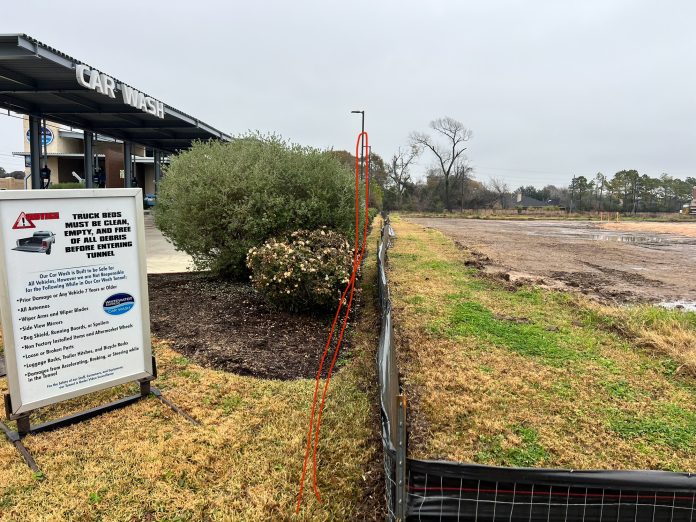Erosion control refers to the actions taken to stop or lessen the loss of topsoil and sediment caused by wind or water.
It is essential for keeping landscapes healthy, reducing water pollution, and safeguarding infrastructure. Successful erosion control uses different techniques to manage surface runoff and stabilize the soil.
Here is a more in-depth explanation:
What is Erosion?
Erosion happens when natural elements such as wind and water loosen and move soil particles. This can result in:
The loss of topsoil, which affects plant growth and soil fertility.
Sediment accumulation in water bodies, which can harm aquatic animals and water quality.
Destruction of infrastructure like roads, buildings, and pipelines.
Why is Erosion Control Important?
Environmental Protection: Erosion control helps maintain soil health, decreases water pollution, and protects natural habitats.
Infrastructure Protection: It helps avoid damage to buildings, roads, and other constructions.
Cost Savings: Good erosion control can lower the need for costly repairs and restoration work.
Common Erosion Control Methods:
Vegetation: Growing trees, shrubs, and ground covers aids in stabilizing soil and absorbing water.
Mulching: Spreading mulch (such as wood chips or straw) on exposed soil lessens the effects of raindrops and slows water movement.
Terracing: Making flat areas on slopes can lower runoff and soil erosion.
Riprap: Placing large stones along streambanks and shorelines can protect against erosion.
Erosion Control Blankets/Mats: Covering exposed soil with biodegradable or synthetic mats helps shield it from erosion.
Silt Fencing: Setting up temporary fences helps catch sediment and stops it from flowing into waterways.
Gabions: Wire structures filled with rocks are used to stabilize slopes and shorelines.
Hydroseeding: Spreading a mixture of seed, mulch, and other materials helps grass grow quickly.
Soil Stabilization: Using chemical or natural methods to connect soil particles helps stop erosion.
Sediment Basins: Building ponds or basins captures and settles sediment from stormwater runoff.
Inlet Protection: Setting up barriers prevents sediment from entering storm drains.
Buffer Strips: Planting vegetation near waterways helps filter runoff and prevents erosion.
French Drains: Installing underground drainage systems helps redirect water and avoid erosion.
Geotextiles: Using synthetic materials stabilizes soil, manages drainage, and filters sediment.
Choosing the Right Methods:
The most effective erosion control methods depend on various factors such as:
Slope: Steeper hillsides need more aggressive erosion control measures.
Soil type: Some soils are more prone to erosion than others.
Water flow: Areas with high water movement require stronger erosion control strategies.


